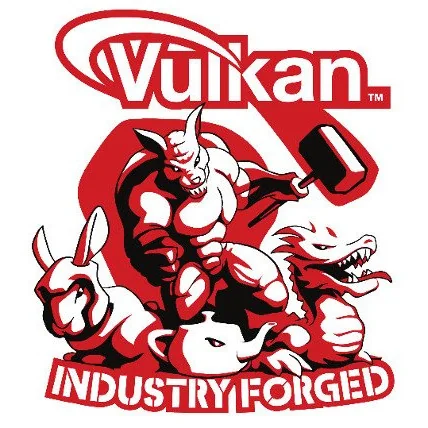Vulkan 1.1.84 Brings KHR Memory Model, ASTC Decode Mode Extensions

With Vulkan 1.1.84 there is the usual documentation churn with a variety of issues being rectified, mostly clearing up confusing elements of the specification. Given it's been a few weeks since the last revision to the Vulkan documentation, it's no surprise there are a few new extensions too. These newest additions include VK_KHR_vulkan_memory_model, VK_EXT_astc_decode_mode, and VK_EXT_inline_uniform_block.
VK_KHR_vulkan_memory_model: This extension is for the Vulkan Memory Model that defines how to synchronize memory accesses to the same memory locations performed by multiple shader invocations. Basically the existing mandate for correctly communicating between shader invocations to not cause race conditions.
VK_EXT_astc_decode_mode: The ASTC decode mode extension allows for the application/engine the ability to specify an intermediate decoding precision for ASTC low dynamic range (ASTC LDR) textures. By default it's assumed to be FP16 values per component, but a lot of the source material is at 8-bit. So if allowing the application to opt for 8-bit rather than 16-bit since there in the end isn't much difference in quality, it can reduce the size of the decompressed data and that can potentially help texture cache performance and power savings. The VK_EXT_astc_decode_mode was proposed by ARM.
VK_EXT_inline_uniform_block: The VK_EXT_inline_uniform_block extension lets uniform blocks be backed directly by descriptor sets via inline uniform data within descriptor pool storage. In the end this can allow for uniform data to be accessed with less indirections compared to uniforms backed by buffer memory.
Sadly, the addition we've been waiting on isn't part of Vulkan 1.1.84... The NVIDIA Vulkan ray-tracing extension(s)... But at least we're told it's coming "soon" and will hopefully morph eventually into a multi-vendor extension for handling Vulkan ray-tracing. But for now we can't wait to get Vulkan ray-tracing working for NVIDIA RTX support on Linux to enjoy with the NVIDIA GeForce RTX 20 series hardware.
The updated Vulkan documentation as always is available from Khronos.org.
1 Comment

